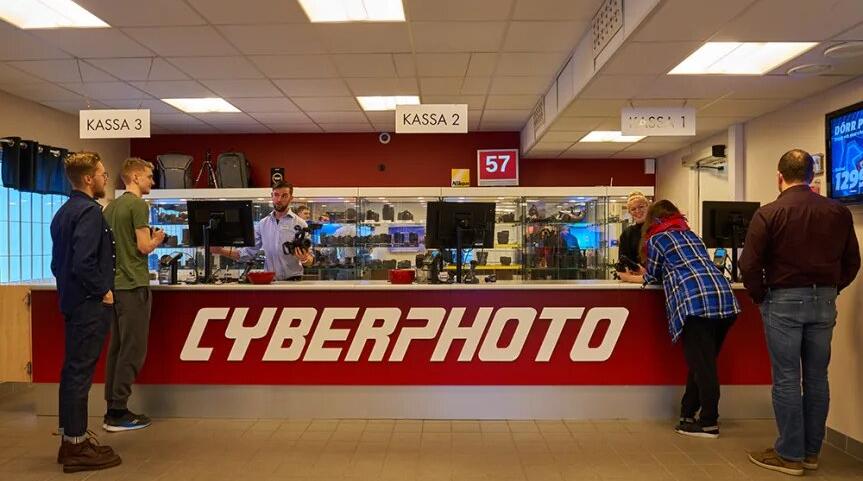In the age of rapid technological advancement, the field of photography has experienced a transformative journey, embracing digital technology, enhancing image quality, and democratizing the art of capturing moments. One fascinating development in this realm is the emergence of CyberPhoto, a term coined to describe the fusion of photography with cutting-edge technologies like artificial intelligence (AI), augmented reality (AR), and virtual reality (VR). In this article, we delve into the world of CyberPhoto and explore how it is reshaping the way we perceive and create visual content.
Photography has come a long way since its inception in the 19th century when it was an intricate and time-consuming process. The advent of digital photography revolutionized the field, making it more accessible and efficient. However, CyberPhoto takes this evolution to a whole new level by integrating advanced technologies, offering new creative possibilities, and changing the way we interact with images.

- Artificial Intelligence (AI): AI has had a profound impact on photography by enabling features like automatic image enhancement, subject recognition, and even autonomous photography. AI-powered cameras and image editing software can instantly correct exposure, color balance, and remove imperfections, making it easier for photographers to focus on their artistic vision.
- Augmented Reality (AR): AR overlays digital elements onto the real world, creating captivating visual experiences. In the context of CyberPhoto, AR allows photographers to blend real-world scenes with virtual objects or information, adding an entirely new dimension to their work. For instance, photographers can create interactive images that viewers can explore by tapping or swiping on their screens.
- Virtual Reality (VR): VR immerses viewers in a completely digital environment, offering a unique way to experience photography. With CyberPhoto, photographers can create VR photo experiences, allowing viewers to step into a virtual world where they can explore a scene from different angles, as if they were physically present at the moment of capture.
- Enhanced Storytelling: CyberPhoto enables photographers to tell more immersive and engaging stories. By using AR and VR, they can transport viewers to the heart of the action, providing a deeper and more emotional connection to the subject matter.
- Education and Training: In fields such as medicine, archaeology, and architecture, CyberPhoto can be a powerful educational tool. It allows students and professionals to explore complex subjects in a visual and interactive way, enhancing the learning experience.
- Entertainment and Advertising: The entertainment industry has embraced CyberPhoto for creating interactive movie posters, promotional campaigns, and virtual tours. Brands are using this technology to engage customers through innovative and memorable advertising experiences.

While CyberPhoto holds immense promise, it also raises important ethical questions. Concerns about privacy, authenticity, and the potential for misuse of manipulated images need to be addressed. As the technology continues to evolve, it will be crucial to establish ethical guidelines and regulations to ensure its responsible use.
CyberPhoto represents a thrilling convergence of photography and technology, offering new creative horizons and immersive experiences for photographers and viewers alike. As this field continues to develop, it will likely become an integral part of various industries, from education to entertainment. However, it is essential to proceed with a thoughtful approach, balancing innovation with ethical considerations to fully unlock the potential of CyberPhoto without compromising our values and privacy. In the end, CyberPhoto invites us to reimagine the possibilities of visual storytelling in an ever-evolving digital landscape.



